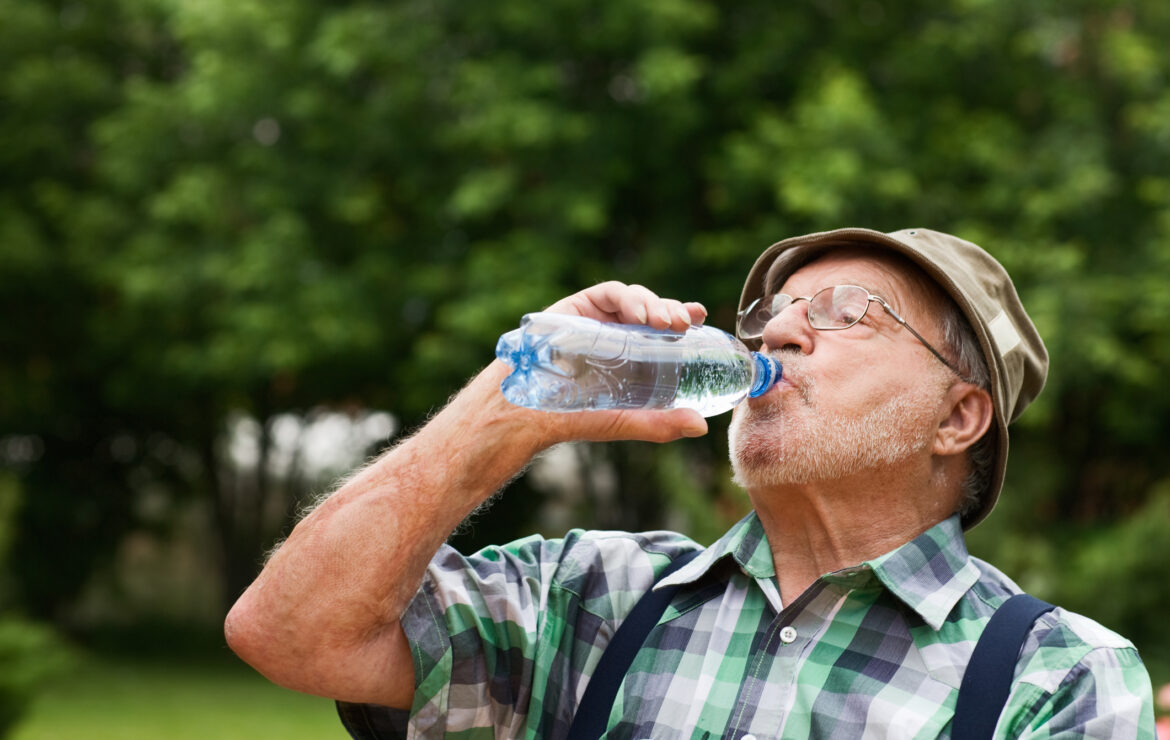
Be sun smart and think safe
Summer and backyard barbeques go hand in hand, especially if you don’t have to compromise flavor to keep health and nutrition in mind. With just a few mild adjustments, you can some healthy options to your traditional summer picnic.
While summer brings much needed warmth and relaxation, there are some risks of being out in the sun too long. Here are some essential sun safety tips to enjoy those sunny rays without fear of endangering your health.
As we age, many physical changes occur within the body. These changes mean that we sense heat differently and might not necessarily feel hot even when the temperature is high. Brain signaling slows down and our skin thins. This means that there are fewer pores available to produce sweat and the cooling response of evaporation.
You should not only look at the temperature to know when to take extra heat precautions, but also at the heat index. This is a measure of the combination of heat and humidity, or the ‘real feel’ outside that can make it feel much hotter. Experts recommend that seniors should take extra precautions when the heat index reaches 91 degrees. For example, a temperature of 85 degrees at 65% humidity rates a heat index of 91 degrees.
Effective precautions to beat the heat include:
- staying in the shade
- wearing sunscreen
- using a wide brimmed hat
- wearing clothing to cover the ankles
- wearing a long-sleeved shirt
- stay indoors or in the shade when the sun is at its brightest
It is reported that only about 15% of older adults and 8% of sun-sensitive older adults regularly used all 5 kinds of sun protection. Using these forms of protection can reduce your risk of getting skin cancer.
Other common problems caused by prolonged sun exposure include dehydration, heat stroke, heat exhaustion, and heat syncope.
- Dehydration is very common and is signaled by weakness, headache, muscle cramps, dizziness, confusion, and if severe enough, passing out. In order to avoid dehydration drink plenty of water and sport drinks containing electrolytes.
- Heat stroke is characterized by a very dangerous rise in body temperature that can happen gradually over days. Common symptoms include a fast pulse, headache, dizziness, nausea, vomiting, or red, hot, dry skin. If you feel these symptoms, you should move to a cool, shady place and take off any heavy clothes. If possible, douse yourself with cool water on your wrists, ankles, armpits, and neck.
- Heat Exhaustion involves too much heat exposure and dehydration. Signs include: heavy sweating, muscle cramps, weakness, and fainting. Move to a cool, shady place and drink plenty of fluids if you experience any of these symptoms.
- Heat Syncope is fainting caused by high temperatures. Lie down with your feet elevated and drink plenty of water to treat this illness.
While enjoying the sun, pay attention to your body and take frequent sun breaks.




